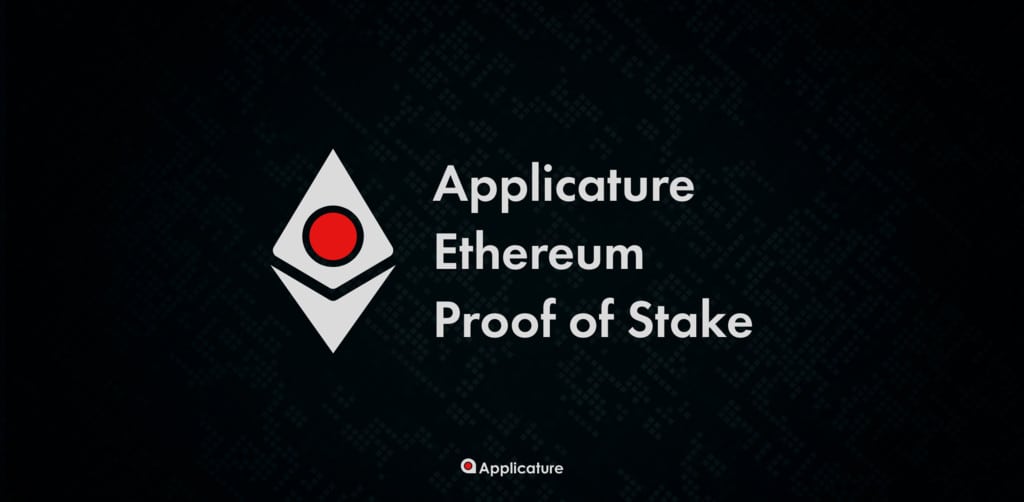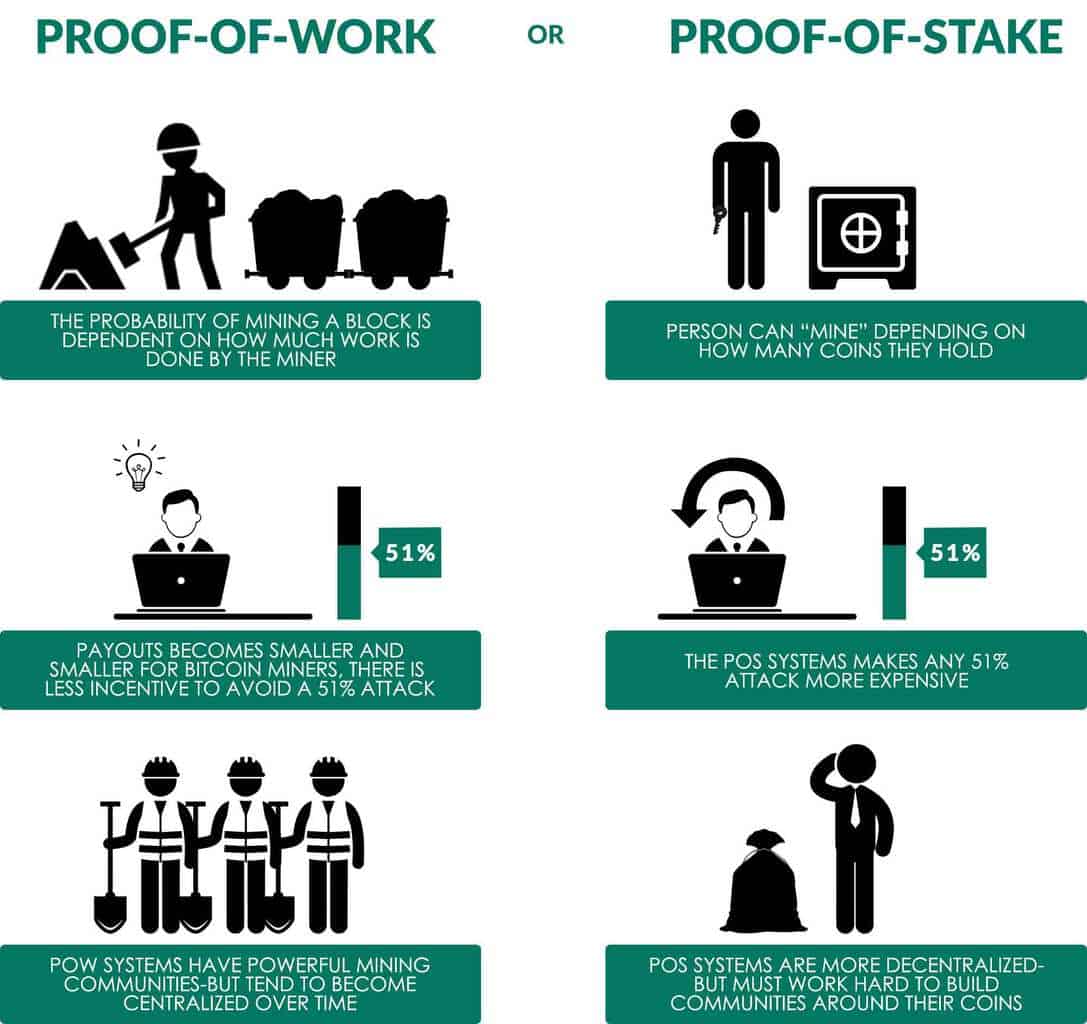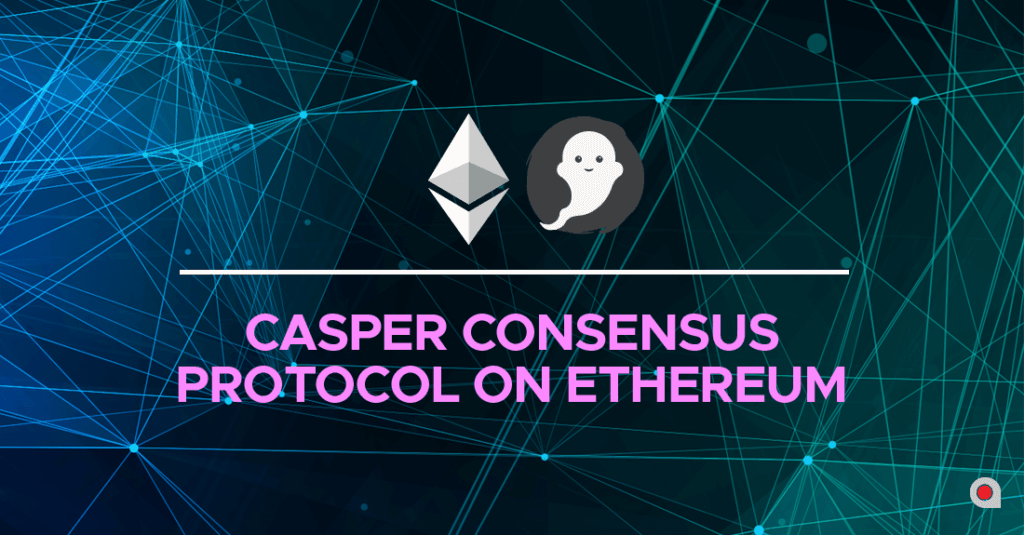
Details
January 22nd, 2018, San Francisco, California. Applicature has launched the Proof of Stake Consensus Protocol on Ethereum in order to secure and stabilize transactions in multiple industries like banking, supply chain, and marketing, including loyalty systems. Proof of Stake was developed during the fall-winter period of 2017-2018, and is ready to roll out for testing. Due to high demand from clients and preexisting PoW that wasn’t always suitable for use in certain tasks, Applicature has made the decision to develop its own AEPoS (Applicature Ethereum Proof of Stake Consensus Protocol).
Applicature: a Blockchain Development Agency
Applicature is a boutique blockchain agency with a presence in the U.S. and Europe. Applicature works on projects implementing the development of smart contracts: the research, deployment, and customization of blockchain solutions; a technical advisory for blockchain resources; and a technical consultancy for token sales and initial coin offerings.
What Is Proof of Stake?
Proof of Stake is a blockchain consensus and reward algorithm that distributes rewards to declared economic interests in the game—for example, through the holding of digital assets. Declared interest, in this case, is known as stake.
The Main Differences Between PoW and PoS
Proof of Work is all about mining. To get a reward, you have to solve a hard block algorithm (puzzle). The process of solving the block is called mining. All blocks must be verified by mining. This means that in order to validate transactions, miners must use a great deal of computational power to solve a puzzle. The amount of reward you get depends upon how fast you calculate, so to solve puzzles faster, miners have to invest in new hardware, which burns tons of energy. When a block is solved, it’s added to the public blockchain. More miners mean more security.
PoW involves following steps:
1) the process of mining to validate transactions
2) miners get rewarded for solving a block
3) the block gets added to the blockchain
In Proof of Stake, miners are called validators. When there is a block that needs to be generated, each validator deposits their money to the blockchain to get the opportunity to validate or sign the block. For example validator 1 has the most money, and he takes 38% of the block; validator 2 has a 25% stake; validator 3 – 21%; and validator 4 – 16%.
With mining, the chances of solving the block depended upon the hardware you had, but in PoS, the bigger your stake, the better your chances of solving the block. If you are validator 1, you have a 38% chance of solving the block. After some hard algorithms, validator 1 wins and gets to sign the block. Validators are rewarded not with new coinage, but with transaction fees. The higher the stake, the more money you get. The rich get richer.
The idea is that the validator with the larger stake will a) contribute to the security of the cryptocurrency, or b) will not endanger his large stake by manipulating the blockchain.

The Advantages of PoS
1) PoS is a lot more environmentally friendly; you don’t have to invest in multiple types of hardware to solve puzzles, therefore energy resources are saved.
2) Resistance against 51% attacks
3) Stability
4) Security
The Ethereum and Proof of Stake Approach
The Ethereum platform plans to move to a hybrid PoS approach. Peercoin PoS-PoW, on the other hand, already has several years of stable work history, and their approach to PoS was taken as a basis. The core of Peercoin PoS is the concept of coin age, i.e., the value a person accumulates as they hold onto their coins. At the same time, Peercoin’s implementation has a lot of peculiarities related to their design choices and their need to use a hybrid algorithm. Our implementation is an application of the coin age concept to the Ethereum platform and should be viewed as a pure PoS implementation adapted to Ethereum’s rules. According to our information, Ethereum has not been used for pure PoS implementation before.
With Applicature Ethereum Proof of Stake, you don’t have to solve puzzles. Instead of proving how fast you can perform calculations, you have to prove how much ETH you own. This is called masternodes. When you create a masternode, you lock up a certain amount of Ethereum to prove that you have it.
Peercoin as the Hybrid of PoW-PoS
Applicature Ethereum PoS is an adaptation of Peercoin PoS. While Peercoin is a hybrid PoS-PoW blockchain, it was designed to rely more on PoW at the start of the blockchain, gradually increasing the amount of PoS blocks.
PoS is a general approach that can be implemented in significantly different ways. The Ethereum platform plans to move to a hybrid PoS approach. Peercoin PoS-PoW, on the other hand, has several years of stable work history, and their approach to PoS was taken as a basis. The core of Peercoin PoS is the concept of coin age, i.e., the value a person accumulates as they hold onto their coins. At the same time, Peercoin’s implementation has a lot of peculiarities related to design choices and the need for a hybrid algorithmic approach.
Conclusions
Proof of Stake will prove useful in fields in which a high demand for energy efficiency and fairness is present. There are no computational resource competitions in PoS. One doesn’t have to solve puzzles to be rewarded. An owner of a higher stake gets a block-fee reward. This may come in handy in industries like:
- banking
- supply chain
- marketing
- loyalty systems

 A New Era on Ethereum Starts With Casper
A New Era on Ethereum Starts With Casper
 DPoS: Delegate and Conquer
DPoS: Delegate and Conquer
 Sponsoring Ethereum Devcon3
Sponsoring Ethereum Devcon3
 How CryptoXpress Raised a $1.7 million IDO with the help of Applicature
How CryptoXpress Raised a $1.7 million IDO with the help of Applicature
